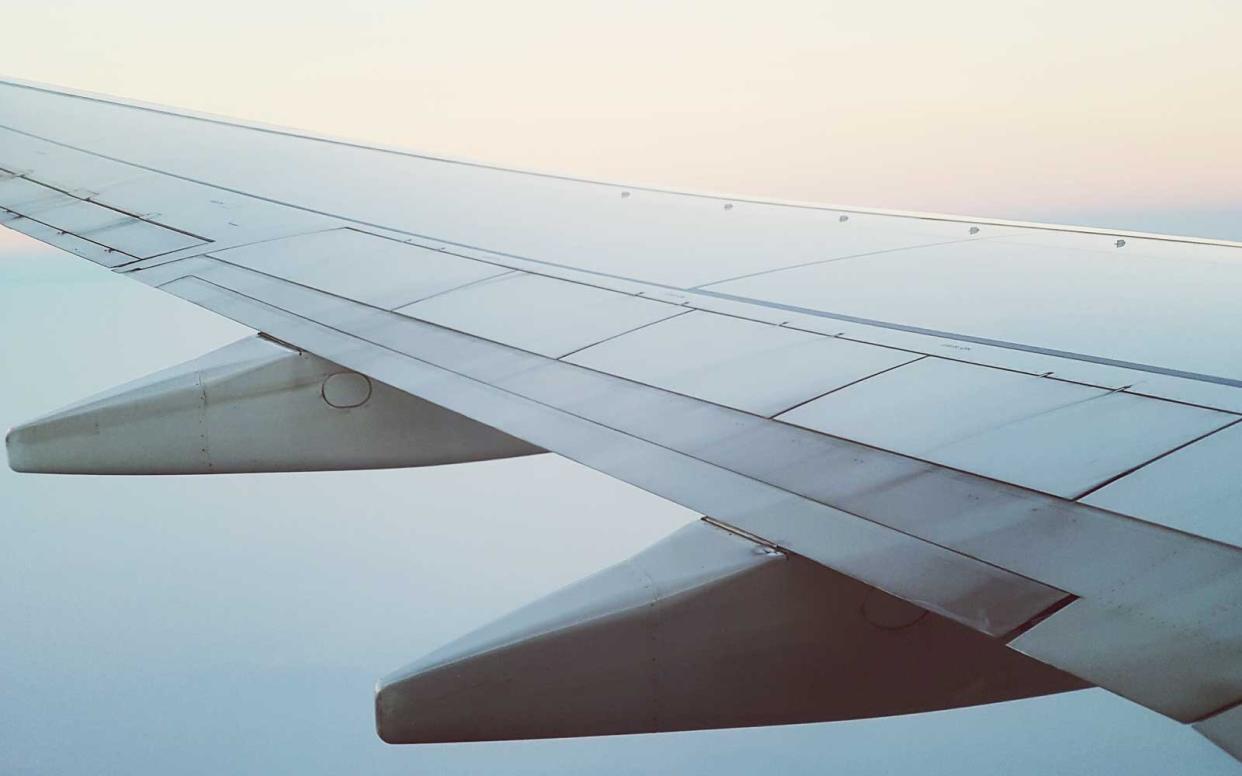How Airplanes Fly

Getty Images/EyeEm
If you've ever wondered how massive airplanes — one of which weighs more than 661 tons — stay up in the air, you're not alone. But it's not magic that keeps airplanes aloft.
Airplanes fly by traveling on wind flow and have specially designed wings that create lift. Like birds, airplane wings create an unequal distance across the top and bottom of the wing, forcing the surrounding air to move faster over the top than the air traveling beneath.
Fast-moving air causes the pressure to decrease, meaning the air pressure beneath an airplane's wings is significantly greater. It's the force created by the difference in the two pressures that creates lift.
Of course, pilots rely on more than just Daniel Bernoulli's principle to fly an airplane. According to NASA, pilots can change the pitch, roll, and yaw (turn) by adjusting the throttle, raising and lowering the wings, aiming the nose of the plane up or down, and directing the rudder right or left.
And it takes an awful lot to interfere with the mechanics of flight, too. Just think of your airplane as a piece of fruit suspended in a Jell-O mold. It will wiggle around when there's a change in direction of the air or the pressure — more commonly known as turbulence — but it's not going to just suddenly drop out of the sky.
In addition to those perfectly shaped wings, airplanes are equipped with engines that produce thrust, and force the airplane forward, while the lift created by air pressure carries the aircraft up.
But you don't even need those engines to fly a plane, in theory. Remember that time a British Airways flight got trapped in a plume of volcanic ash, and — despite a total engine failure — was able to glide for 15 minutes before the engines restarted? Volcanic ash, bird strikes, and lightning are just a few of the natural disturbances airplanes are built to withstand.
By utilizing the four forces of flight (including lift and thrust), airplanes are designed to manipulate the downward force of gravity and the backward force of drag. That means your airplane can go pretty much anywhere — and it will be gently encouraged to descend from the sky when you've reached your destination.

